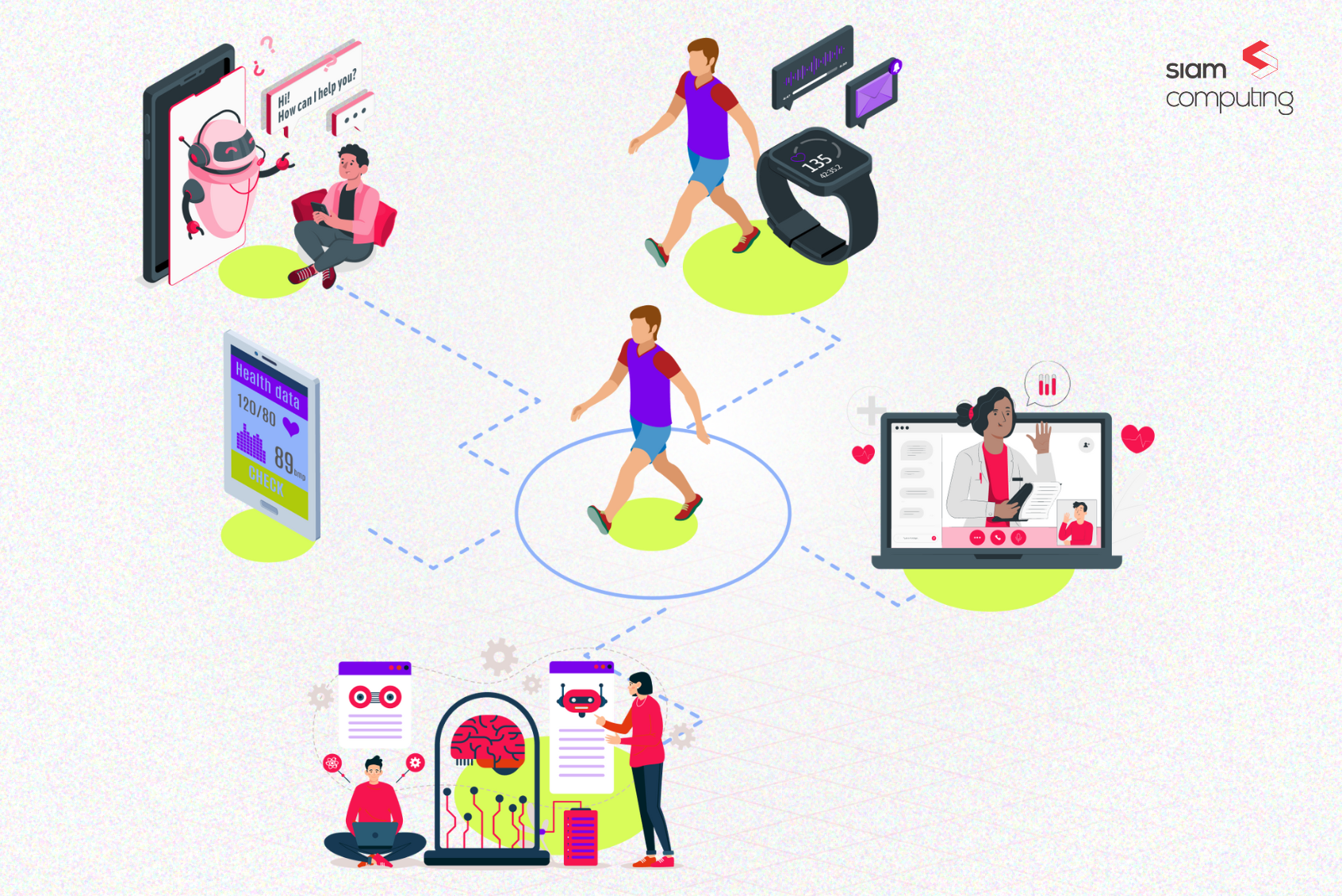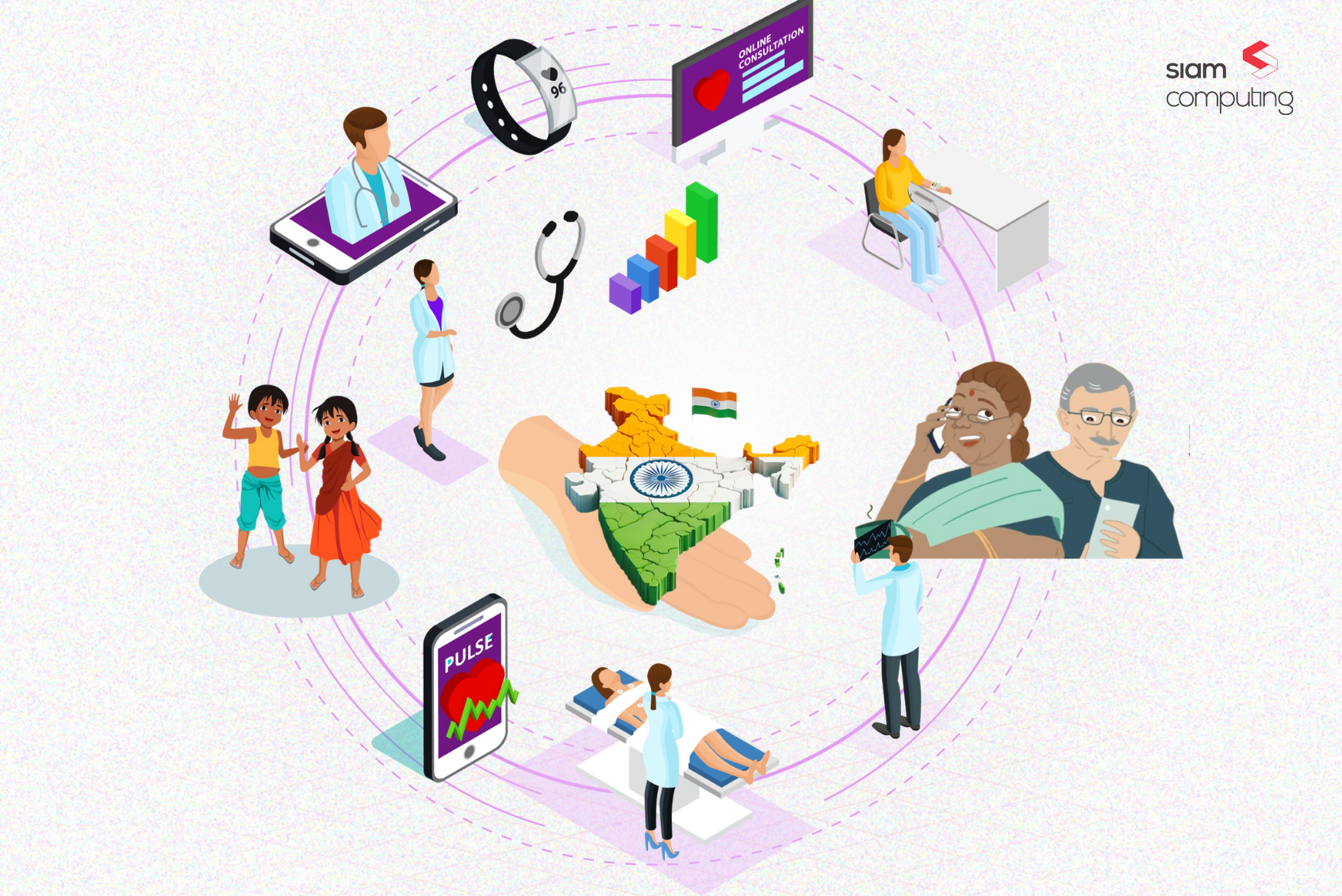We come across a lot of digital products every day. Right from reading the news on the Internet to searching for your favorite recipe, we get to skim hundreds and hundreds of digital designs in a day. With heaps of new designs coming up in the digital sphere every day, there is a major concern in recent times.
‘Are these designs human-centered?’
When the design elements do not align with real-life human sentiments and emotions, the audience who consumes the design content will not be able to relate to it. Only human-powered design can emote well and build relevance and resonance. Besides building a personal connection, designs with human-centric elements play a vital role in improving engagement, interaction, and conversions.
Delivering human-centered and user-specific design is a great part of the user experience journey. The key element to design in a human-centric way is to create ‘user personas’.
In this article, we get into the finest details of different types of user personas, the importance of creating user personas, and how user personas help deliver a high-quality user experience.
What are user personas?
User personas refer to the imaginary and fictitious characters that designers create to represent different user groups. These user groups are thoughtfully crafted, handpicked, and categorized so that they represent the target audience in characteristic features, behavioral traits, and other needs and expectations.
These user personas need to be intensively researched before creating so that they resemble your potential user groups that are more likely to use your product, service, or brand in a similar way.
The purpose of creating user personas is to build a real-like and reliable audience group for your market study and research. Listed below are some of the core components of user persona:
- Persona group: This refers to the category of the users, their profession, and their other credentials. Here are a few examples: parent, CEO, manager, student, passenger, etc.
- A pseudonym for the persona: The user persona can be given a fictional name based on the country and demographics your users belong to.
- Job title, designation, and a snapshot of the roles and responsibilities: Here are a few examples: ‘Teacher, primary school’, ‘Executive, digital marketing’, ‘CEO, Tier 1 company.
- Demographic details: This refers to details like age group, gender, family status, relationship/marital status, ethnicity, nationality, educational background, origin, employment status, industry, etc. Example: Samuel, aged 24, Indian, single, degree-holder, residing in an urban city, corporate professional, works in healthcare.
- User goals: This denotes the goals they are trying to achieve on the app and the purpose they expect the app to serve.
- Environment and background of your users: This includes the physical environment (office, residence, or city), socio-economic conditions, and technological background (familiarity with technology)
- Overview of the user persona: This is the most important section of the user persona creation. This explains the core nature of the user persona in a nutshell. Here are sample bottom lines:
- Top IT professional looking for office cab service.
- Parent of 12-year-old looking for eLearning platforms
- Retired industrialist, aged 62, looking for earning options
- Female banking professional looking for finance advice
- A quote from the user: The quote can cover the primary expectation of the user from the app. Examples: “Can I have a feature to browse different topics and content of the ebook?”, “Do you offer instant translation services online?”, “I am looking for an online French tutor for my 13-year-old daughter to take French classes in the evening”.
Why should a designer create user personas before starting the actual design process?
Here is a list of prime benefits of creating user personas that explain the importance of creating personas in a design process:
- User personas help to understand users’ goals, needs, and experiences.
- It helps designers to identify the most relevant user base for their mobile apps.
- It helps you to step out of your comfort zone and build a completely new and rich design based on research and not on assumptions.
- It diversifies your app’s user experience and gives a rich app experience to a wide range of your potential user base.
- Different types of users have different expectations. User personas help you to approach design in a broader picture and cater to a larger group of users with common traits.
- User personas reduce the complexities in the design process. They make design and user analytics align with the business goals.
- User personas spearhead the complete process of ideation. With human-centric research, they help create, ideate, and build compelling and rich user experiences.
- Customization is the key element of user experience design. User personas help achieve customization and personalization to a large extent.
- Besides providing a user-centric approach, user personas also help brands to enhance their app features and determine their unique selling proposition (USPs) through intensive user research and data analytics.
How to create user personas?
Here is a step-by-step guide for you to follow and create your own user personas for your mobile app designs:
- Conduct intensive user research.
- Identify your users and their reasons for using your app.
- Consolidate the takeaways of your research.
- List the behavior patterns, traits, features, demographics, and other details and assort your user personas into user groups based on similar interests.
- Refine your user persona groups with distinct categorizations. Prioritize them based on the characteristic features and relevance to your target groups.
- Describe your user personas clearly with meticulous attention to detail.
- Derive a common and universal system that meets the expectations, needs, and goals of all your user groups
Different types of user personas:
Three major categories of user personas are listed below:
- Buyer personas: This directly refers to your target customer bases. They don’t have to be necessarily your users but have the potential of becoming your users. Creating buyer personas is crucial for understanding the marketing strategy and enabling sales feasibility.
- User personas: This refers to all your product users. They already use your product or have used your product in the past. Creating user personas help to improvise user experience, evaluate user behavior, enhance support enablement, and carry out website/app maintenance.
- Website/app personas: This refers to all the users who visit your app. This is a broader section that includes both buyer personas and user personas. Such personas help build concrete user journey architecture, strategize goal setting, and facilitate the user to meet their needs on the app.
An introduction to User Interface (UI) designing:
User personas help you to understand the nature, behavior, expectations, and other traits of your potential customers thoroughly and start your design process based on user research and detailed analytics. Such detailed user personas help designers to design their app’s UI screens in a seamless and hassle-free manner.
The following steps give you a glimpse of the real UI designing process in a nutshell:
- Understand: You need to understand the scope, purpose, and objective of your designs. Better designs come with better clarity and understanding.
- Empathize: Wear your customer’s shoes and get into their skin to get a hang of their needs, expectations, and pain points and try to translate your understanding into design elements.
- Evaluate: Evaluate if your understanding and findings are correct by creating realistic user personas. Test your user personas in real time and ensure that your design thinking is aligned to the user goals.
- Implement: Implement all your key takeaways from the above steps and start your hands-on designing process. Make sure that all the points are incorporated and implemented without fail.
- Design: Ensure that the design comes out in a self-explanatory fashion that doesn’t need a digital tour or guide to understand how to consume the content.
User personas help designers to create mobile apps that are tailored to meet the behavioral patterns and characteristic traits of the target audience. This eases the user interface design process and makes further parts of app designing and development smoother and flawless. This marks the end of the chapter ‘design’. The next set of articles are themed on technology and we will discuss the different platforms and latest trends in mobile app technologies.
Contact us today, if you are looking for a free consultation on choosing the right UI/UX design for your mobile app. Siam Computing has been playing a phenomenal role in revolutionizing the mobile app industry for the past 15 years with their novel approach, out-of-the-box strategies and best talents. Their apps are built on different platforms using the latest technologies and they cater to a wide range of industries.
Mobile app development is not only about coding and testing. It also requires strategies and analysis. Read along this blog to learn more. Subscribe to our newsletter and stay updated.








